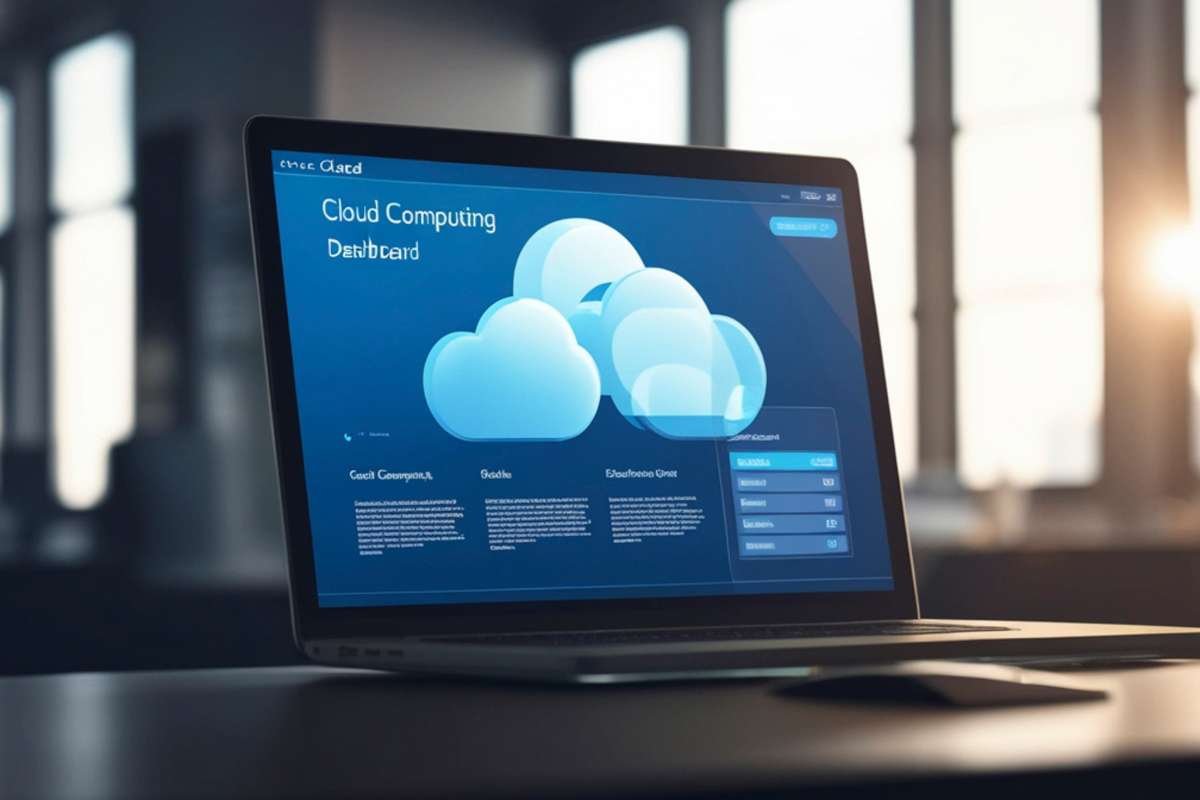Maintaining a competitive edge in the evolving retail sector calls for more than just stocking products. Retailers are embracing cutting-edge systems like electronic shelf labeling technology and dynamic pricing to optimize profitability, improve customer experiences, and streamline operations.
Automated tags, also known as electronic shelf labels (ESL), have revolutionized the game when it comes to product price displays in retail stores. They are a digital improvement over traditional paper tags. ESL systems use small screen devices fastened to the shelf directly and can update product details, prices, and special offers in real-time. How so? Continue reading to learn more.
How electronic shelf label system update prices and promotions in real time?
1. Supports dynamic pricing
Electronic labels support dynamic pricing methods, an essential tool for competitively managing product costs. This approach involves setting flexible values that constantly adapt based on the market’s needs, including inventory levels, demand, competitor rates, and even the time of day.
For example, as a retailer, you can drop prices to draw clients during off-peak hours or raise them to maximize profit margins in high-demand periods. How does ESL make that possible?
Manually adjusting the prices of your products in your retail store can be extremely time-consuming. Additionally, knowing you’ll change them again in a few days based on the market demand makes it even more exhausting. Thankfully, Vusion’s electronic shelf labels enable automated price changes, allowing you to maximize sales and remain competitive.
2. Enables real-time analysis

Being a step ahead of your rivals is essential in the fiercely competitive retail industry. Electronic shelf labels provide real-time competitive information, which you can use to modify your rates.
Savvy retailers frequently utilize this series of crucial inquiries as a roadmap to help their companies stay on top:
• What is the demand for a certain product?
• What are the different types of products available?
• How many items are in stock?
• How is the competition in the market?
You can obtain a competitive edge and draw in budget-conscious customers using the flexible ESL pricing strategy. Additionally, it makes price-matching procedures possible, guaranteeing clients get the best offers.
3. Encourages quick and accurate pricing
Manual revisions to traditional paper labels frequently result in human error. On the other hand, electronic shelf labels guarantee accurate pricing information because they directly connect to the store’s database. This drastically lowers errors.
Instant updates guarantee customers access to the most recent and correct pricing information throughout the store. This also helps to reduce disparities and raise consumer satisfaction.
4. Enables flexible pricing strategies

ESLs can easily adjust to a wide range of sales tactics. They make it simple for retailers to execute tactics like price bundling, flash deals, and limited-time offers. These smart tags can even show countdowns, pressuring customers to act quickly and make purchases. Thanks to the flexibility of ESLs, retailers can test out various pricing strategies to determine which ones best suit their clientele.
5. Optimises stock control and inventory management
Successful stock control is crucial for the retail industry. ESLs can give real-time stock-level information by integrating with inventory management systems. The system can automatically start reorder notifications when an item goes low, ensuring goods are never out of stock. This lowers the number of missed sales chances and guarantees that clients will always be able to locate the products they want.
6. Encourages the effective use of resources
Manual price adjustments can be expensive and time-consuming. However, employing dynamic pricing solutions and ESL technology can cut operational expenses associated with manual cost changes. The technology reduces the time and labor required to update paper labels.
This saves a lot of money and frees up staff time that may be used to improve other elements of the client experience, like customer service or store appearance. The reduced requirement for physical resources like paper price tags also enhances a more sustainable business model.
7. Enhances customer experience

Electronic shelf labels can offer clients more benefits beyond only pricing information. They enhance the buying experience by displaying product data, QR codes, or special offers. Labels that provide precise, understandable, and up-to-date pricing information foster more confidence and transparency. That results in a better overall customer experience.
8. Enables a sustainable pricing model
Electronic tags are a more environmentally friendly option than traditional labels. Paper labels have an environmental cost associated with their creation, distribution, and disposal. In addition to causing pollution, paper production uses a lot of energy, water, and wood. Even in cases where it is recycled, the process still uses energy and water, and not all product is reused.
On the contrary, electronic shelf labels are a digital solution that completely does away with the requirement for this tangible resource. Implementing the technology can dramatically reduce your paper use and related waste. It would also minimize your carbon footprint.
Additionally, this can play a significant role in your sustainability initiatives and dedication to eco-friendly business practices. Furthermore, such a change can potentially improve your reputation and customer appeal because consumers are beginning to value companies striving for sustainability.
Final thoughts
Although ESLs offer several advantages, their most noteworthy feature is dynamic pricing, which enables you to stay updated with rival and market rates and evolving industry trends. You can use dynamic pricing to increase sales in slow periods and even raise product costs during high-demand seasons to optimize profit margins.


















